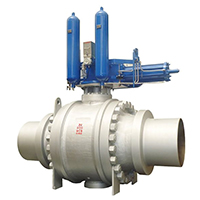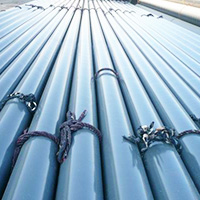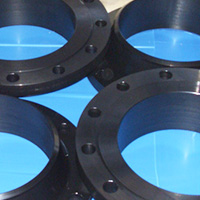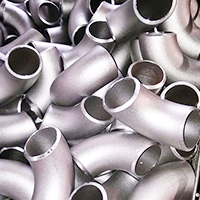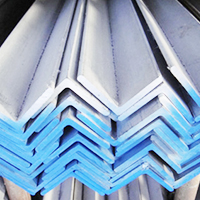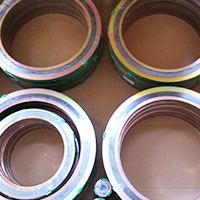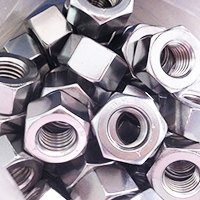At present, the distinction between low, medium and high pressure valves will be indicated by pressure. Generally, 1.6MPa and 10.0MPa are the dividing points, and if the design pressure is less than or equal to 1.6MPa, it is a low pressure pipeline. Medium-pressure pipelines are above 1.6MPa and below 10.0MPa, and high-pressure pipelines are above 10.0MPa.
Pressure pipeline: refers to all pipelines that bear internal pressure or external pressure, regardless of the medium in the pipeline. We can divide them into:
1, low pressure pipeline engineering pressure < 1.6MPa;
2, medium pressure pipeline engineering pressure 1.6-6.4MPa;
3, high pressure pipeline engineering pressure > 10MPa:
At present, China is widely divided according to the types of pressure and structure. According to the pressure requirements, there is no standard for the thickness of the flange welded by the valve and the thickness of the valve itself. The flange thickness and the valve body thickness are completely different when the pressure is 6.4Mpa and 10Mpa.
For example, the basic pressure of general gate width is 1.6MPa, which is generally selected according to GBT139272008 and JB/T90921999 standards, and the maximum pressure is 1.6X1.5=2.4MPa when pressure measurement is suppressed. If your pipeline pressure exceeds this, it will not work. Now many manufacturers have thinned the wall of the valve to save costs, and the pressure of a conventional gate valve is difficult to reach 1.6MIPa.
Principle of high pressure valve
High-pressure valve mainly carries out hard treatment and related treatment on the material of the main valve body, and the treated material becomes pressure-resistant and wear-resistant. At present, high-pressure technology is not a difficult technology for many valve manufacturers. However, it is particularly important in the field of ultra-high pressure and those systems that need frequent pressurization and pressure relief. The main failure reasons of ultra-high pressure valves are cavitation and erosion wear, and there are many factors that affect cavitation and erosion, mainly including the mechanical properties of materials, hydrodynamic factors and environmental impact.
In the process of installation and application, there are still many things worthy of our attention in the application of high-pressure valves, such as whether the materials meet the standards and the maximum pressure used by the materials. The corrosive fluid will reduce the service pressure of the valves. The media with viscosity or particles will accelerate the wear of the valve body and should be replaced as scheduled. Brand valve manufacturers should be selected for high-temperature and high-pressure valves. The structure and sealing performance of the new pipeline system should be correctly selected.

